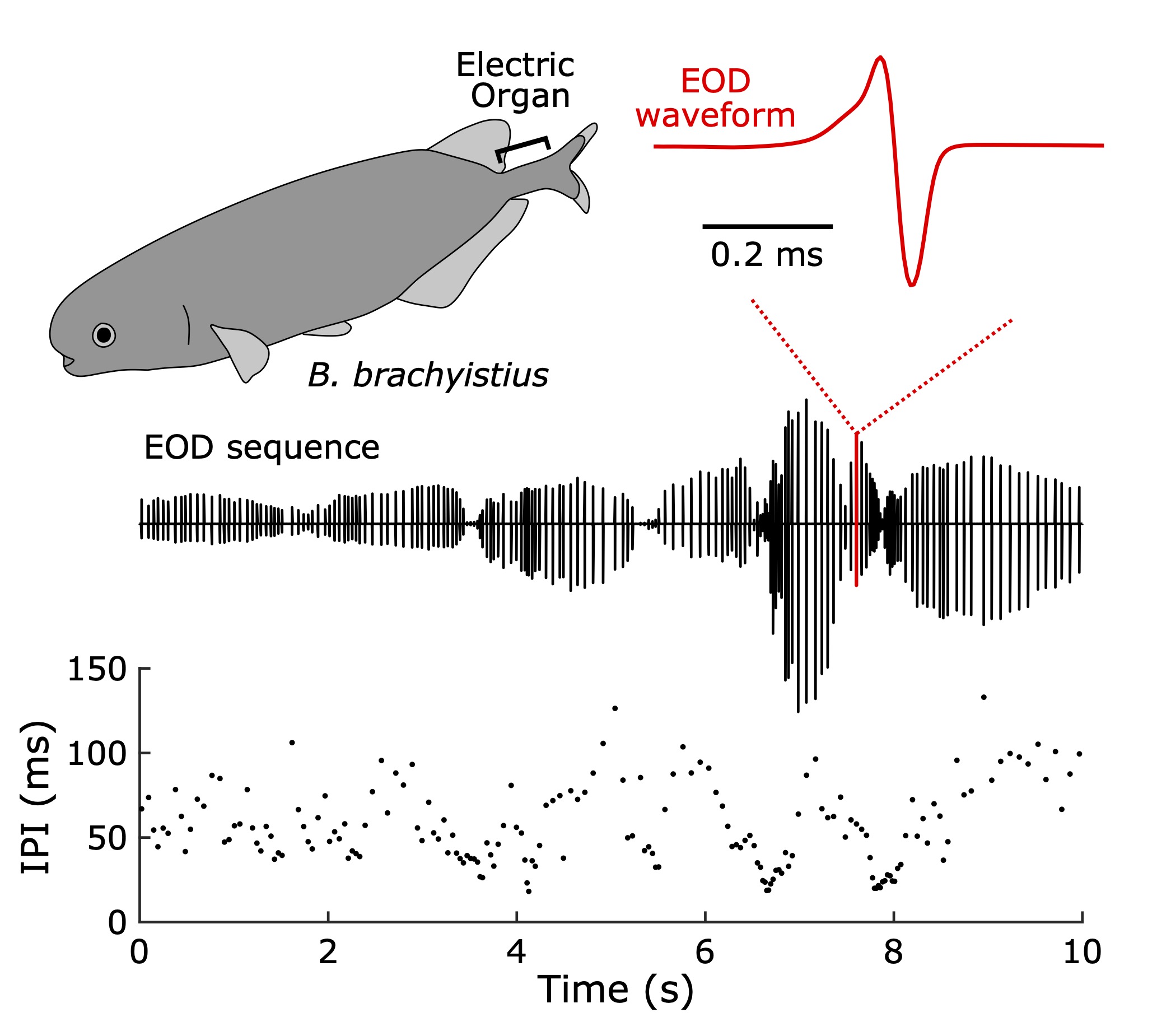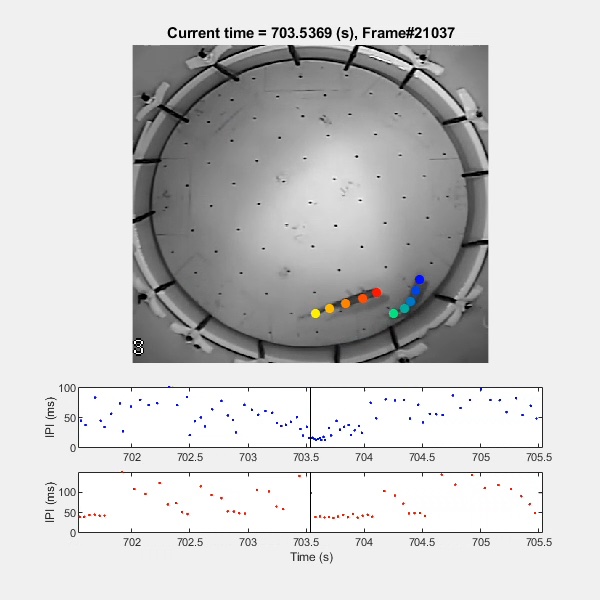FUKUTOMI Matasaburo
Assistant Professor
Fishes with the ability of electricity
Department of Biological Sciences, Behavioral Neurobiology

| Theme | Electrosensory behavior of teleosts |
| Field | Neurobiology, Neuroethology, Comparative physiology |
| Keyword | Communication, Active sensing, Electrosensory, Evolution of behavior, Sensorimotor integration, Corollary discharge, Neural circuit, Neural coding, Video analysis, Steroid hormone, Comparative approach, Weakly electric fish, Teleost |
Introduction of Research
We are interested in neural mechanisms of social behavior and study electric fishes as a model system. Electric fishes generate and sense electric signals for their communication and active sensing. We address the following questions: (1) How the signal exchange can establish the social relationship among animals? (2) How does the brain process the communication signal and decide to produce the signal? (3) How does the brain regulate the coordination of electric signal generation and swimming behavior? We use a variety of techniques, including behavioral experiments, electrophysiology, and statistical modeling.
Representative Achievements
Fukutomi M, Carlson BA. Current Biology, 33:3350–3359. 2023
Fukutomi M, Carlson BA. Journal of Neuroscience 40:6345–6356. 2020
Fukutomi M, Carlson BA. Frontiers in Integrative Neuroscience 14:42. 2020
福富 又三郎 比較生理生化学 40:97–104. 2023
Related industries
| Academic degree | Ph. D. |
| Self Introduction | I am from Saitama. I love cycling, marathon, beer, photograph, board game. |
| Academic background | 2014 B.S., Department of Biological Science, Faculty of Science, Hokkaido University 2016 M.S., Graduate School of Life Science, Hokkaido University 2017 JSPS Research Fellow (DC2) 2019 Ph.D., Graduate School of Life Science, Hokkaido University 2019 Postdoctoral Research Associate, Washington University in St. Louis 2020 Uehara Memorial Foundation Postdoctoral Fellow 2021 JSPS Overseas Research Fellow 2024– Assistant Professor, Department of Biological Science, Faculty of Science, Hokkaido University |
| Room address | Science Building 5 5-803 |



